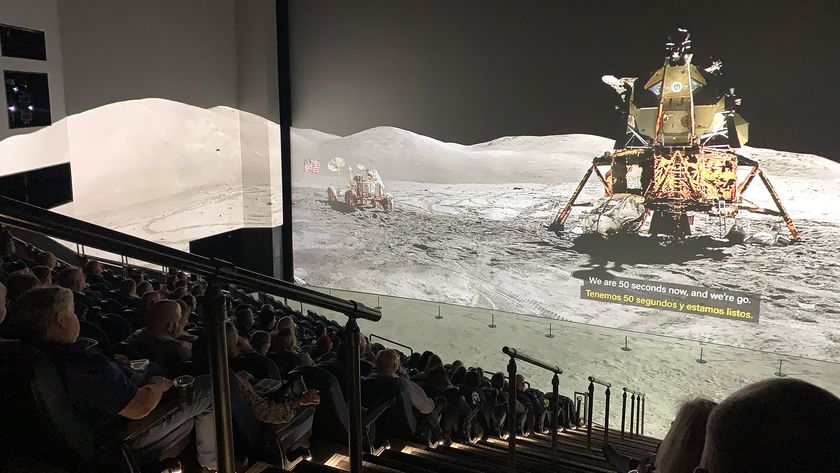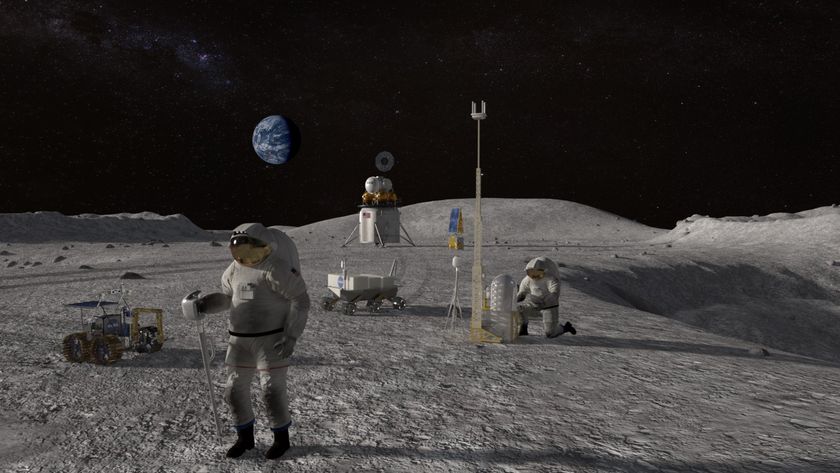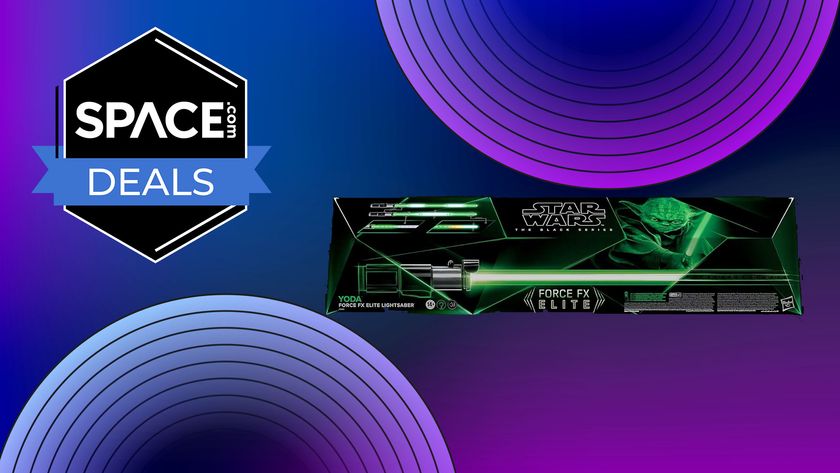Boeing Passes 2nd Key Test for NASA Space Taxi Flights in 2017
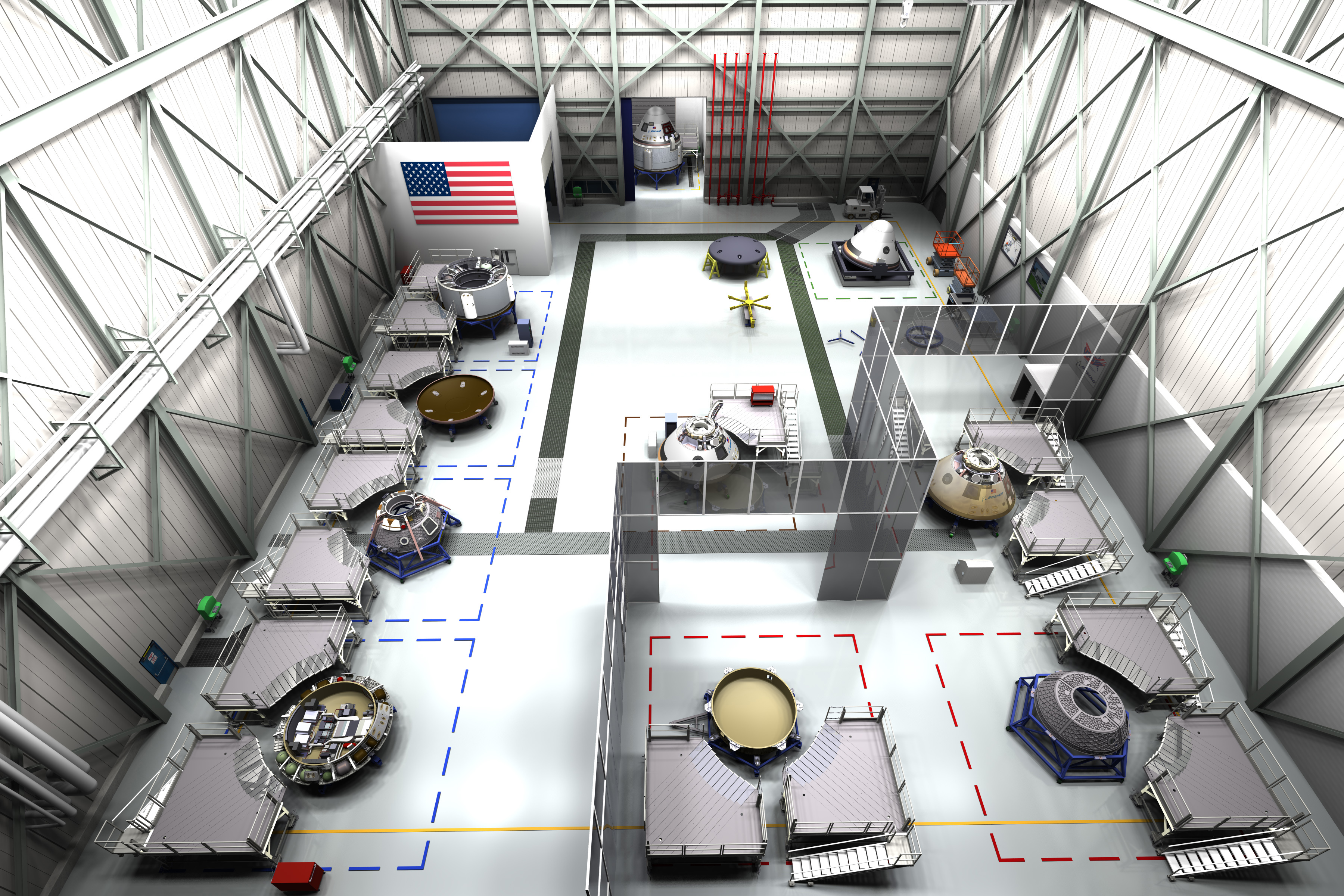
The private spaceflight company Boeing is on its way toward launching astronauts to space for NASA by 2017.
Boeing's ground support for NASA's Commercial Crew Program passed a critical test recently, its second milestone as part of the program. NASA took three weeks to examine the company's work at the former space shuttle processing facility at the agency's Kennedy Space Center in Florida, as well as a future mission control center.
"Along with facility designs, we looked at the operation processes," Dave Allega, a lead in the ground and mission operations office of NASA's Commercial Crew Program, said in a statement. "How would they be using those facilities? What is the flow? How are they going to build up their new spacecraft, get it ready to fly, put it on the launch vehicle and then operate it once it is there? Then, after landing, how will they go recover it and turn it around to go and do it again?"
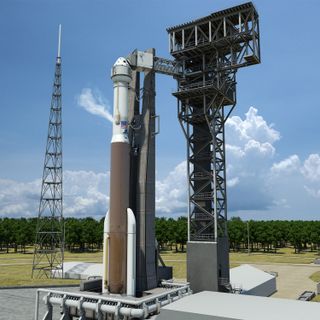
The company's CST-100 spacecraft is one of two funded competitors (along with SpaceX's Dragon) to bring astronauts to the International Space Station. This would replace the Soyuz flights that fly crew to the space station from Kazakhstan. The CST-100 spacecraft is designed to carry a crew of up to seven people and launch atop an Atlas V rocket.
NASA was also interested in reviewing Boeing's plans for astronaut training and monitoring crewmembers from the launch to the landing.
"The CST-100 will be a more simple vehicle to operate than the space shuttle, but the automation is complicated in and of itself, so we need to understand that automation and so does the crew," Allega said in the same statement. "When Boeing trains our astronauts, they will have to balance simplicity, and giving the crew everything they need to know to manually operate the spacecraft just in case something goes wrong."
The successful ground segment design review capped the second milestone in Boeing's Commercial Crew Transportation Capability.
Get the Space.com Newsletter
Breaking space news, the latest updates on rocket launches, skywatching events and more!
To meet NASA's requirements that crews must be handed over to the agency an hour before landing, Boeing plans to land its spacecraft in the western United States using a parachute and airbags.
Follow Elizabeth Howell @howellspace. Follow us @Spacedotcom, Facebookand Google+. Original article on Space.com.
Join our Space Forums to keep talking space on the latest missions, night sky and more! And if you have a news tip, correction or comment, let us know at: community@space.com.

Elizabeth Howell (she/her), Ph.D., was a staff writer in the spaceflight channel between 2022 and 2024 specializing in Canadian space news. She was contributing writer for Space.com for 10 years from 2012 to 2024. Elizabeth's reporting includes multiple exclusives with the White House, leading world coverage about a lost-and-found space tomato on the International Space Station, witnessing five human spaceflight launches on two continents, flying parabolic, working inside a spacesuit, and participating in a simulated Mars mission. Her latest book, "Why Am I Taller?" (ECW Press, 2022) is co-written with astronaut Dave Williams.
